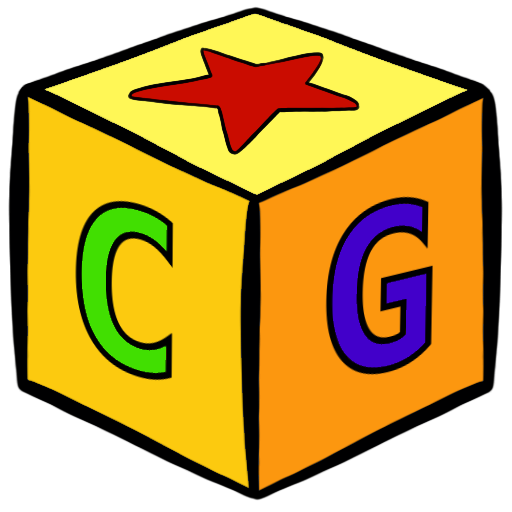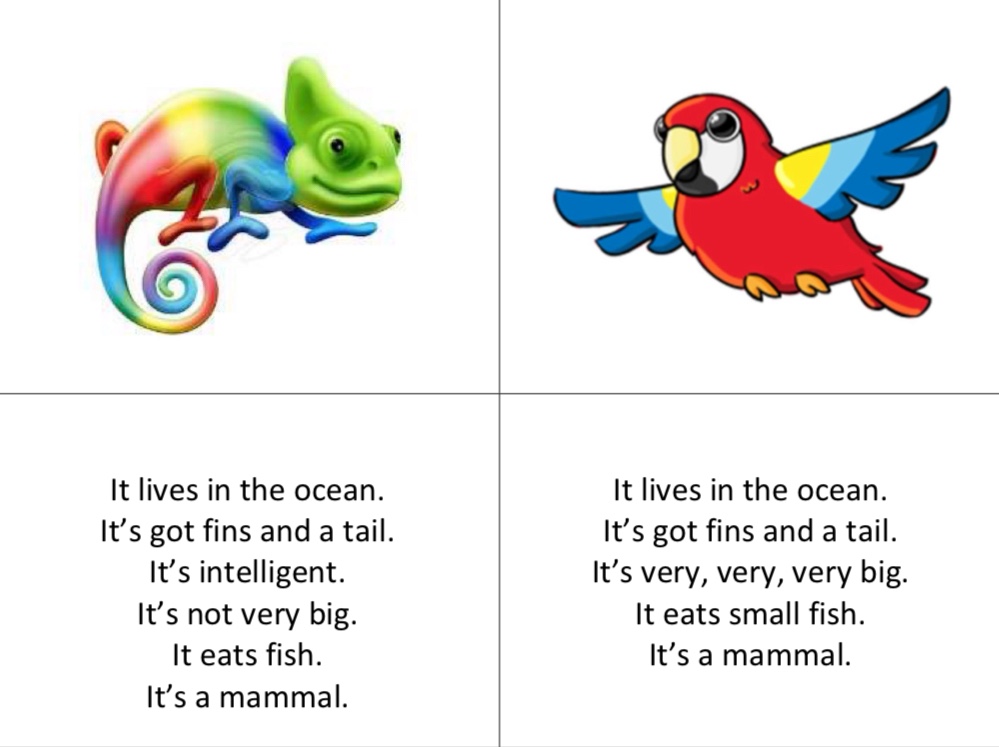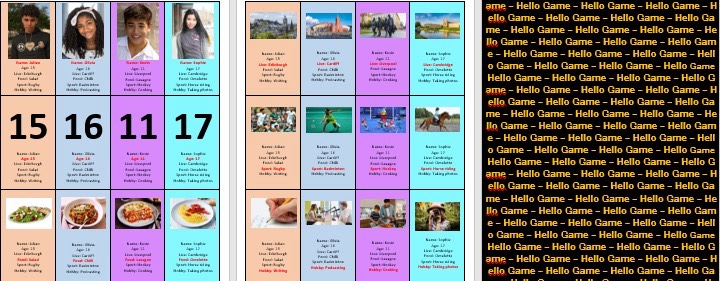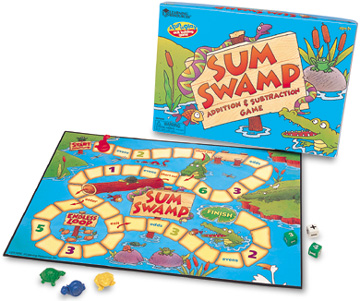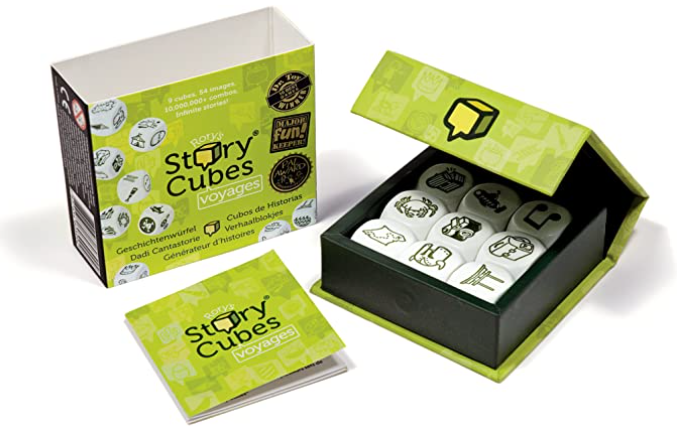As an English language teacher, it can sometimes be difficult to come up with engaging activities that will encourage your students to practice speaking. This is where story cubes come in! They are a fantastic tool for practicing speaking skills in the English as a Foreign Language (EFL) classroom. In this blog post, we’ll explore what story cubes are, how to use them in your classroom, and why they are such a great resource for students.
What are Story Cubes?
Story cubes are small, cube-shaped dice with different images printed on each side. They come in a set of nine cubes, with a total of 54 unique images. The images on the cubes range from simple objects like a tree or a sun, to more abstract symbols like a lightbulb or a heart.
How to use Story Cubes in the EFL Classroom
Story cubes are incredibly versatile and can be used in a variety of ways in the EFL classroom. Here are a few ideas to get you started:
Speaking Practice:
One of the best ways to use story cubes is for speaking practice. Have your students roll the cubes and use the images they see to create a story. They can work in pairs or small groups to create a story together, taking turns to add new elements to the story. This is a great way to encourage your students to use English in a creative and relaxed environment.
Vocabulary Practice:
Another way to use story cubes is for vocabulary practice. Give your students a specific vocabulary set, such as action verbs or adjectives, and have them use the cubes to create sentences that incorporate these words. This is a fun way to reinforce vocabulary and help students to use new words in context.
Grammar Practice:
You can also use story cubes to practice grammar structures. For example, you could ask your students to create sentences using the present simple or present continuous tense, depending on the images they see on the cubes. This is a great way to practice grammar in a fun and engaging way.
Why are Story Cubes a Great Resource for EFL Students?
There are many reasons why story cubes are a great resource for students. Here are a few:
They Encourage Creativity:
Story cubes encourage students to be creative and to use their imagination. This is a great way to encourage students to think outside the box and to use English in a fun and engaging way.
They Foster Collaboration:
When students work together to create a story using the cubes, they have to collaborate and communicate with each other. This is a great way to build teamwork skills and to help students to work together effectively.
They Are Easy to Use:
Story cubes are incredibly easy to use. They require no preparation or advanced technology, making them a great resource for both teachers and students.
They Are Portable:
Because story cubes are small and lightweight, they are incredibly portable. You can take them with you wherever you go, making them a great resource for EFL teachers on the go.
Story cubes are a fantastic tool for practicing speaking skills in the classroom. They are versatile, easy to use, and encourage creativity and collaboration. Whether you use them for speaking practice, vocabulary practice, or grammar practice, story cubes are a great resource for students and teachers alike. So why not give them a try in your next class and see how they can enhance your students’ speaking skills!
Rory’s Story Cubes on Amazon (affiliate link) : https://amzn.to/3HmsfUb
